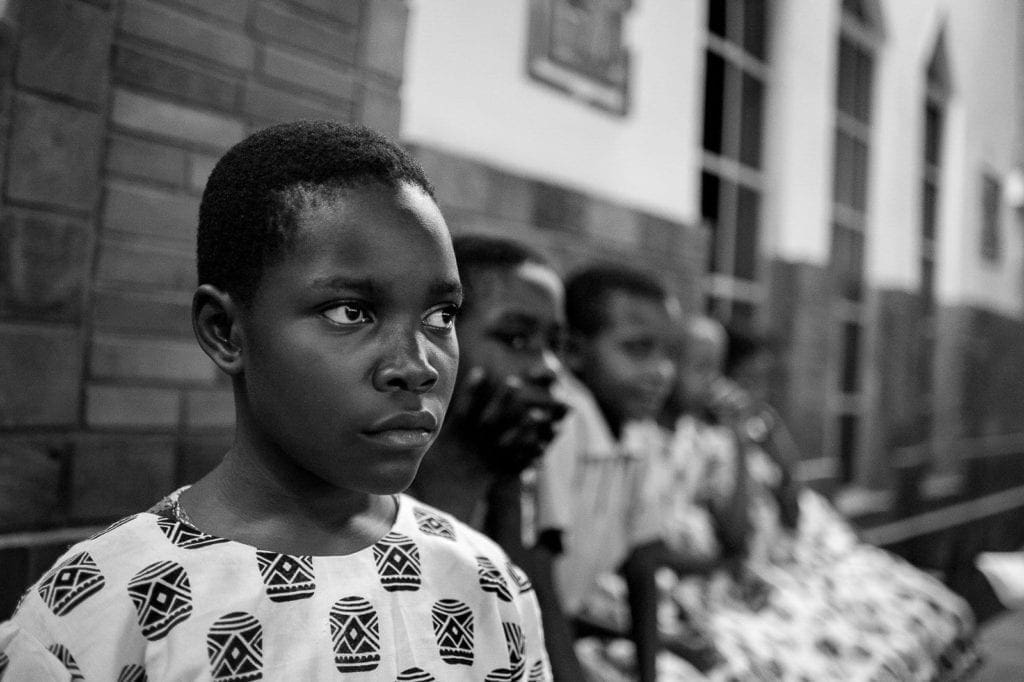In the collective imagination, the figure of the priest has a very precise delineation. The same case is that of the bishop for whom, probably, the idea is even more deeply rooted and immobile. The high-ranking prelate is also considered ‘superior’ to the ordinary priest in terms of the services he normally performs. The bishop takes action almost exclusively for official and weighty ceremonies. The priests of the various parishes can take care of the day-to-day business. But what if there are not so many parishes and even fewer priests? What if the daily needs could not be adequately covered? What would happen?
In all likelihood, It would happen as in the small Zimbabwean town of Hwange where the figure of the priest and the bishop coincide. This is the case of Monsignor Luis Alberto Serrano, a 70-year-old Spaniard who has been living in Zimbabwe for 30 years. Priest and Bishop of Hwange.
Arriving as a simple missionary, he made a career in the field. “I immediately felt at ease,” he explains, seated in front of a statue of the Virgin Mary in the small garden of the bishop’s house, “so much so that I never wanted to change my relationship with my parishioners. They are all warm people and we mutually saw in each other reference points”.
Reinforcing this now unbreakable bond was the difficult period of the 15-year war that tore the country apart for independence from the British conquerors, which took place from 1964 to 1979.
The end of the conflict led to universal suffrage in 1979, beginning the rule of the country’s black majority. The April 18, 1980 elections ended the British mandate and marked the beginning of Robert Mugabe’s regime.

Mons. Alberto Serrano, bishop of Hwange
“It was a very difficult time” continued, sipping a cool lemonade, ‘like all wars.” Everything happened. Some fugitives sought shelter within our walls that were several times controlled by different armies. As a priest, I tried to do my best to stay close to the population and give them a hand. If possible, in the horror of the conflict and its violence, a small light that kept the hope lit that everything would soon be over was the cohesion of the people. In the extreme difficulty, the strength of brotherhood, mutual aid, unity emerged overwhelmingly.
Unfortunately, this was not enough to avoid a real massacre as well as years of terrible tragedy. That will be why I enjoy the direct relationship with my parishioners that I maintain even though I have changed roles.
And Monsignor Serrano never backs down. From Sunday masses to the 16-kilometre procession held to celebrate the parish feast and experienced without official vestments among the faithful. But it is not only the mission that Hwange lives by. The town also offers the inhabitants a well-equipped hospital, the St. Patrick Hospital, equipped for medical treatment against malaria and for women who have recently given birth. The diocese is concerned with the spiritual aspect and the education of the children of Hwange and the neighbouring villages. Father Bruno, project manager of the Don Bosco technical institute, a high school built just outside the city, is particularly concerned with this.
“It is crucial,” he explains, “to give these young people a perspective. Many of them, with great sacrifice, follow a school career but then find themselves without knowing where to move on to. We try to give them a chance, a perspective. At the moment we have managed to start several postgraduate technical courses for both boys and girls. They range from IT to sewing to mechanics.
The difficulties are not a few, unfortunately, from the school itself, which is not yet finished to the teaching materials. Then there is the problem of teachers, who are few and poorly paid, and that of connections, i.e. how to get those who live far away to reach the school. Many of our students attend classes once they have finished working in the fields, in machine shops or elsewhere. We are not giving up. Even though a lot of funding has disappeared, we are still trying to raise the money needed to finish the work”.
All this develops in an atmosphere of conciliation and mutual respect. Catholic life and spirituality are well combined and blended with local traditions that are not affected but, on the contrary, enhanced. An example is a small church inside the priest’s house not far from the Don Bosco Institute. Here the altar, depicting classically catholic motifs, is blended with local techniques and craftsmanship.
“It is very important,” says the priest, “not to uproot traditions. Rather they should be enhanced and be an enrichment. The decorations and the structure of the small chapel only someone who lives here could have realised them’. Another example of a perfect combination is the religious ceremonies themselves, which are balanced between canonical rites and local dances. As is the offertory dipped in African rhythms.
Luis Alberto Serrano and Fr. Bruno are one of many examples of committed missionaries on the African continent, adopted by the people to the point of making Sister Clara’s own saying, for fifty years at Fatima Mission, also in Zimbabwe, “This is the only place I want to end my life. If I could go back I would make exactly this missionary choice again.”

